Ensuring the safe transport of goods and equipment begins with properly securing your trailer load. At CarMax Trailer, we understand that effective tie-down techniques are crucial for preventing cargo shift, minimizing damage, and ensuring compliance with safety regulations. This comprehensive guide delves into the intricacies of trailer tie-down methods, providing you with the knowledge and tools necessary to secure your loads with confidence.
Understanding Trailer Tie-Downs: Essential Components
Before delving into the techniques, it’s vital to grasp the fundamental components involved in trailer tie-downs:
| Component | Description |
|---|---|
| Tie-Down Straps | Durable straps used to secure cargo to trailer anchors. Often made from polyester. |
| Ratchet Systems | Mechanisms that allow for tensioning and securing straps tightly. |
| Anchor Points | Fixed locations on the trailer where tie-downs are attached. |
| Load Binders | Devices that apply tension to chains or straps, ensuring a snug fit. |
| E-Track Systems | Modular track systems that provide versatile anchor points for tie-downs. |
Understanding these components is the first step toward effective load securing.
Step-by-Step Guide to Securing Your Load
Properly tying down a trailer involves a systematic approach to ensure every aspect of the load is secured. Follow these detailed steps to achieve optimal safety:

1. Inspect Your Trailer and Equipment
- Check Anchor Points: Ensure all anchor points are free from damage and functioning correctly.
- Examine Tie-Downs: Verify that straps, chains, and other tie-down materials are in good condition without fraying or wear.
2. Plan Your Load Arrangement
- Distribute Weight Evenly: Place heavier items on the bottom and lighter ones on top to maintain balance.
- Center the Load: Position cargo over the trailer’s axle to enhance stability during transit.
3. Use Appropriate Tie-Downs
- Select the Right Straps: Choose straps with sufficient strength based on the weight and nature of your cargo.
- Utilize Ratchets and Binders: These tools help achieve the necessary tension to keep the load secure.
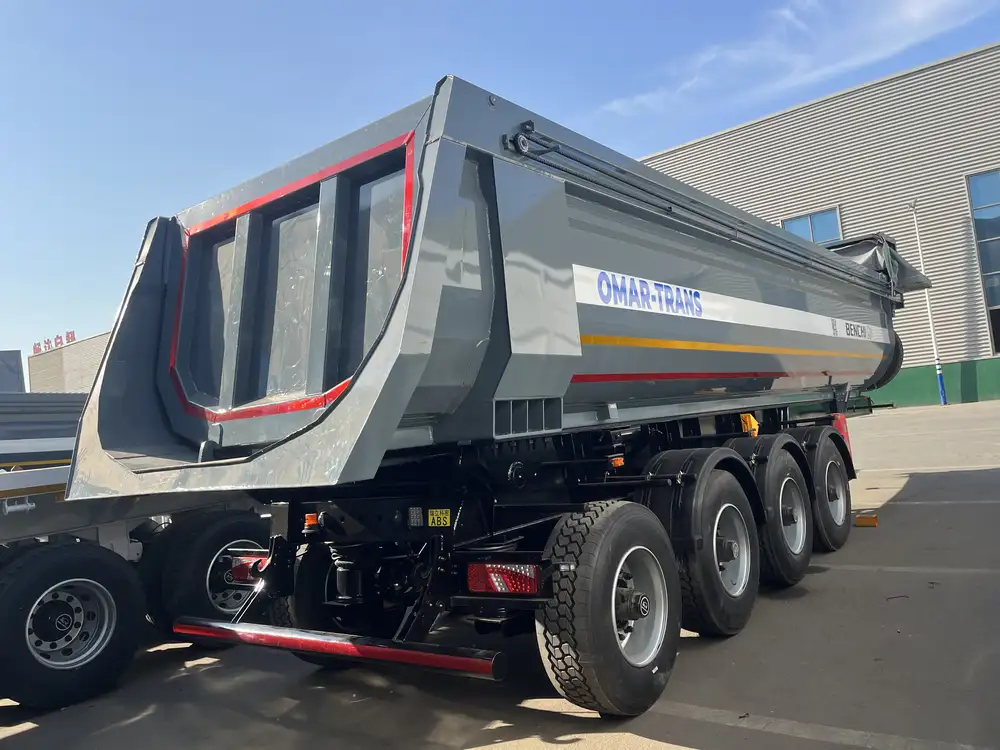
4. Secure the Load
- Anchor from Multiple Points: Use at least two tie-downs, crossing them over the load to prevent movement.
- Tighten Straps Correctly: Ensure straps are tight enough to eliminate slack without over-tightening, which can damage cargo.
5. Double-Check All Connections
- Reinspect Tie-Downs: Verify that all straps and chains are properly fastened and tensioned.
- Test Load Stability: Gently shake the load to confirm it remains stationary.
Choosing the Right Tie-Down Equipment for Your Trailer
Selecting the appropriate tie-down equipment is paramount for effective load security. Consider the following when making your choice:
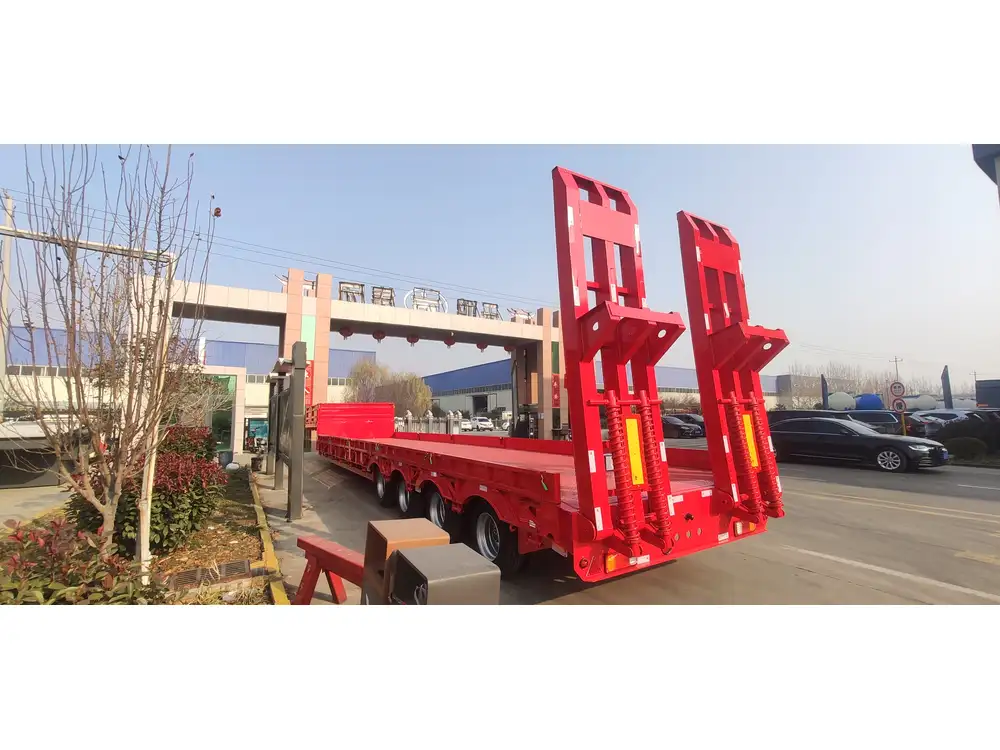
Types of Tie-Downs
| Type | Best For |
|---|---|
| Ratchet Straps | Heavy-duty applications requiring high tension. |
| Cam Buckle Straps | Medium loads with easy adjustability. |
| Bungee Cords | Lightweight items or temporary securing. |
| Rope and Chains | Versatile uses, adjustable tension settings. |
Factors to Consider
- Load Weight: Heavier loads demand stronger, more durable tie-downs.
- Load Type: Fragile or irregularly shaped items may require specialized securing methods.
- Environmental Conditions: Exposure to elements like UV rays or moisture necessitates using weather-resistant materials.
Common Mistakes to Avoid When Tying Down a Trailer
Even seasoned operators can fall prey to common errors that compromise load security. Avoid these pitfalls to ensure safe transport:
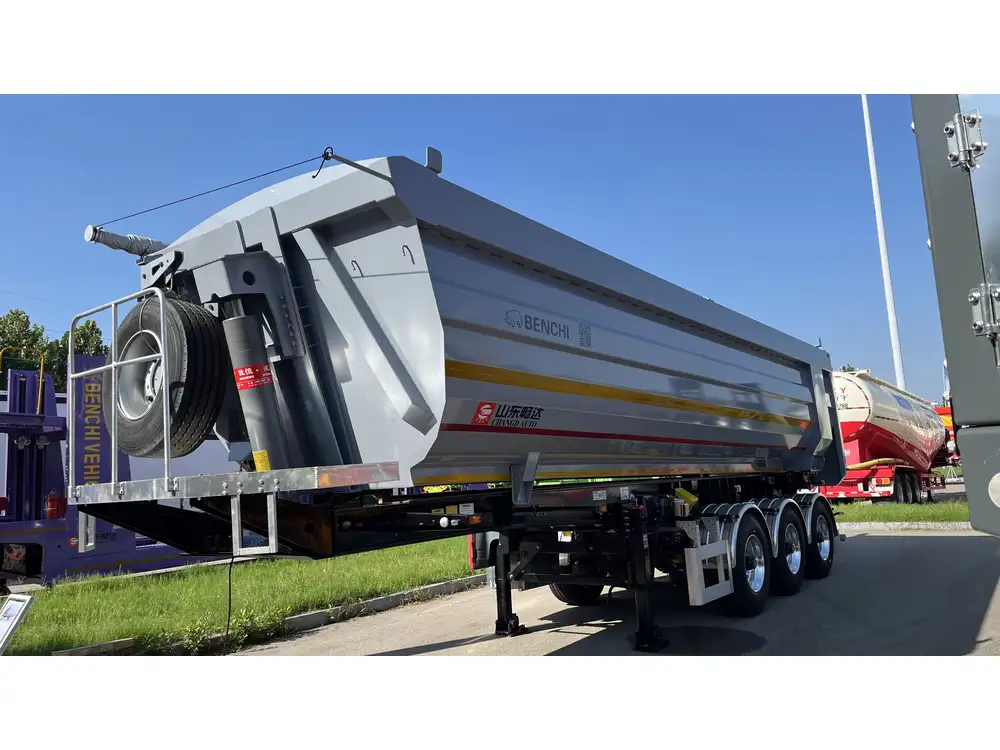
1. Underestimating Cargo Weight
Misjudging the weight can lead to using inadequate tie-downs, increasing the risk of load shift.
2. Inadequate Tie-Down Points
Relying on a single anchor point limits load stability. Always use multiple tie-downs spread across the cargo.
3. Over-Tightening Straps
Excessive tension can damage both the tie-down equipment and the cargo, especially delicate items.
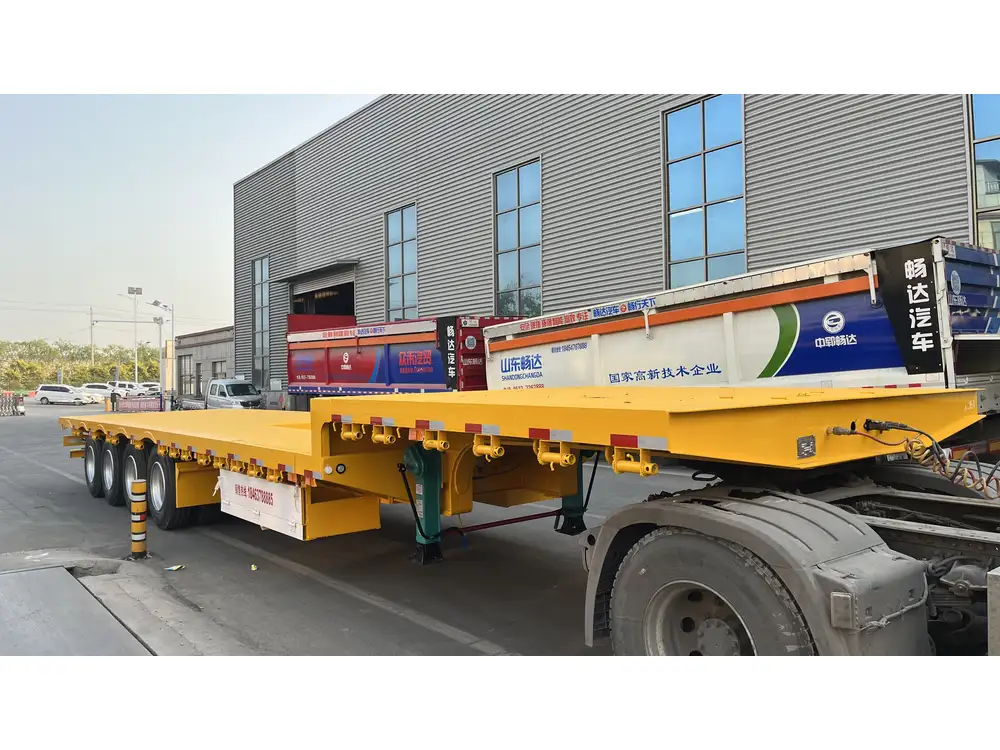
4. Ignoring Load Distribution
Uneven weight distribution can lead to trailer instability. Strive for a balanced load to maintain control during transit.
5. Failing to Inspect Equipment
Neglecting regular inspections can result in using compromised tie-downs, jeopardizing the entire load.
Tips for Maintaining Secure Tie-Downs on the Road
Once your load is secured, ongoing maintenance ensures it remains safe throughout the journey:

1. Periodic Checks
- Inspect Tie-Downs Regularly: Stop periodically to check straps and chains for loosening or damage.
- Adjust Tension as Needed: Re-tighten tie-downs after encountering bumps or turns.
2. Use Load Securement Devices
Invest in load distribution systems and additional restraints to enhance security and reduce strain on individual tie-downs.
3. Monitor Trailer Stability
Pay attention to handling and make adjustments if you notice any instability, such as swaying or uneven braking.
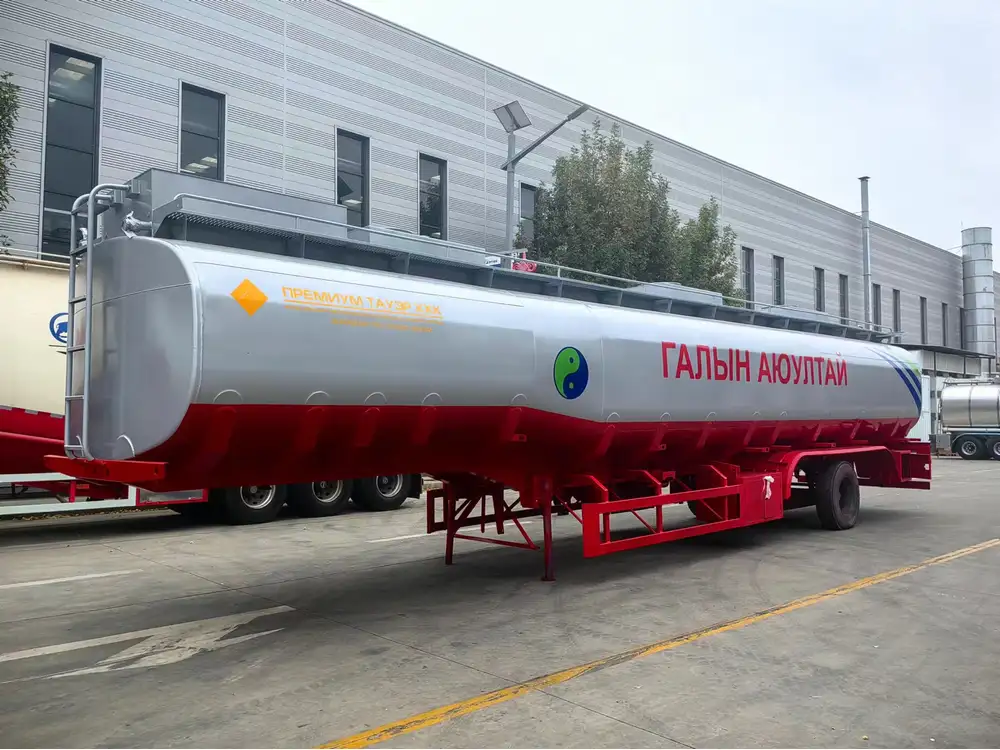
Safety Regulations and Best Practices for Trailer Loading
Compliance with safety regulations is non-negotiable for legal and safe trailer operations. Adhere to these guidelines:
Regulatory Standards
- Federal Motor Carrier Safety Administration (FMCSA): Sets nationwide standards for load securement.
- Department of Transportation (DOT): Provides guidelines on tie-down requirements based on load type and weight.
Best Practices
- Use Certified Tie-Downs: Ensure all tie-down equipment meets industry standards.
- Follow the 7-Factor Rule: Consider factors like load center of gravity, stability, and potential movement when securing the load.
- Training and Education: Equip drivers and personnel with knowledge on proper tie-down techniques and safety protocols.

Troubleshooting Tie-Down Issues: Ensuring Stability During Transport
Encountering tie-down challenges is not uncommon, but addressing them swiftly maintains load security:
Issue: Load Shift During Transit
- Solution: Recheck and re-tighten all tie-downs, ensuring multiple anchor points are utilized.
Issue: Damaged Tie-Down Equipment
- Solution: Replace compromised straps or chains immediately to prevent failure during transport.
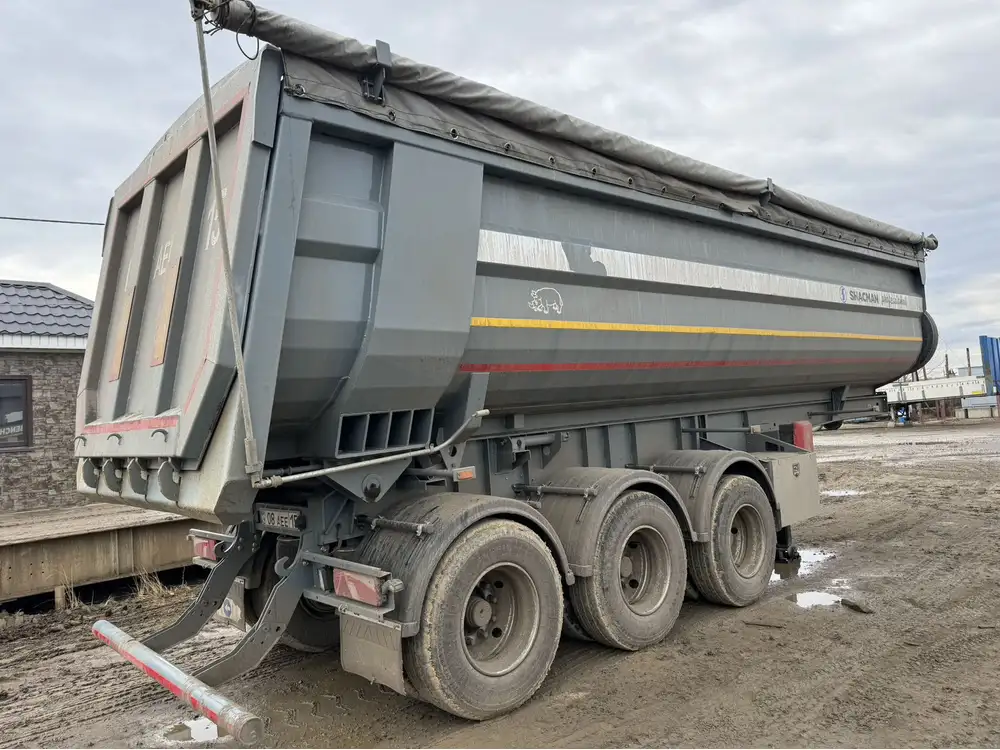
Issue: Uneven Load Distribution
- Solution: Redistribute the cargo to achieve a more balanced weight distribution, enhancing trailer stability.
Innovations in Trailer Tie-Down Systems by CarMax Trailer
At CarMax Trailer, we leverage cutting-edge technology to enhance trailer tie-down systems, offering unmatched reliability and ease of use:
Smart Tie-Down Systems
Integrating sensors and automated tensioning mechanisms, our smart systems provide real-time monitoring and adjustments to maintain optimal load security.
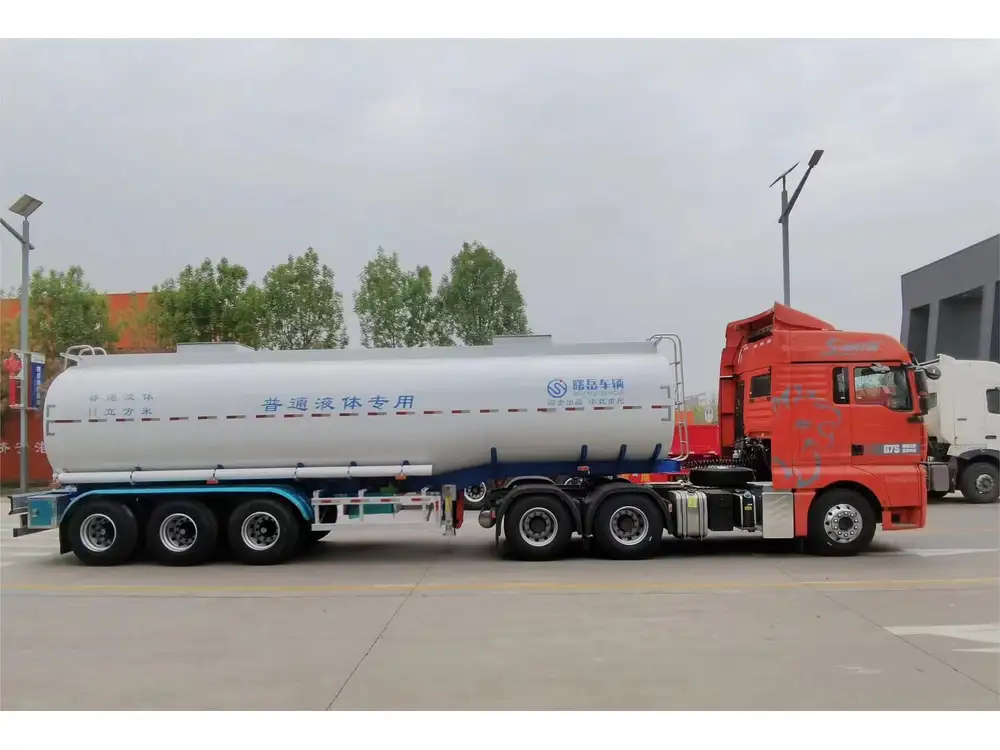
Modular E-Track Designs
Our advanced E-Track systems offer versatile anchor point configurations, accommodating a wide range of cargo types and securing needs.
Eco-Friendly Materials
Committed to sustainability, CarMax Trailer utilizes environmentally friendly materials in tie-down components without compromising strength or durability.
Enhanced Ergonomics
Our tie-down tools are designed for ease of use, reducing the physical strain on operators and increasing efficiency during load securing.
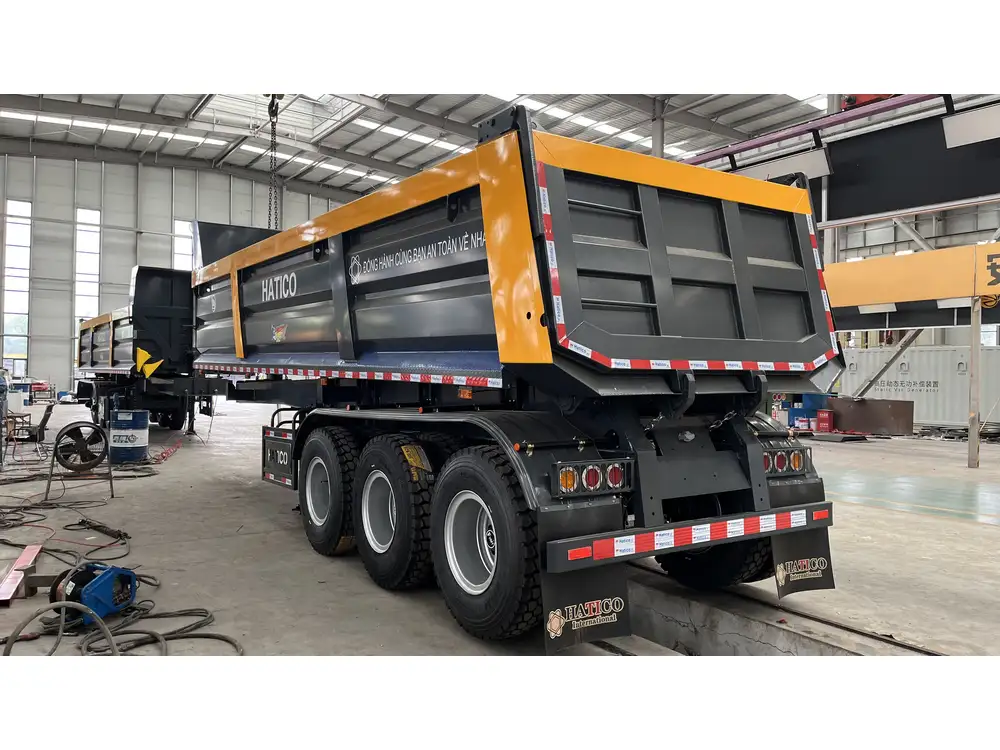
Compare Different Tie-Down Methods: What Works Best?
Choosing the right tie-down method depends on various factors, including load type, weight, and transport conditions. Here’s a comparison to guide your decision:
| Tie-Down Method | Advantages | Disadvantages | Best For |
|---|---|---|---|
| Ratchet Straps | High tension, secure hold, easy to adjust | Can be time-consuming to set up | Heavy and bulky loads |
| Cam Buckle Straps | Quick and easy to use, lightweight | Limited tension compared to ratchet straps | Medium-weight and less bulky items |
| Bungee Cords | Flexible, easy to hook and unhook | Low tension, not suitable for heavy loads | Lightweight or temporary securing |
| Rope and Chains | Adjustable, versatile, durable | Requires skill to use effectively, heavier | Irregular or oversized cargo |
| E-Track Systems | Highly customizable, multiple anchor points | Installation can be complex and costly | Versatile, frequent cargo loading |
Selecting the appropriate method ensures the longevity of your cargo and the safety of your transport operations.
Best Practices for Load Securing: Expert Tips from CarMax Trailer
Implementing industry best practices elevates your load securing process:
1. Always Use Multiple Tie-Downs
Distribute the securing forces across several points to enhance load stability and reduce the risk of failure.
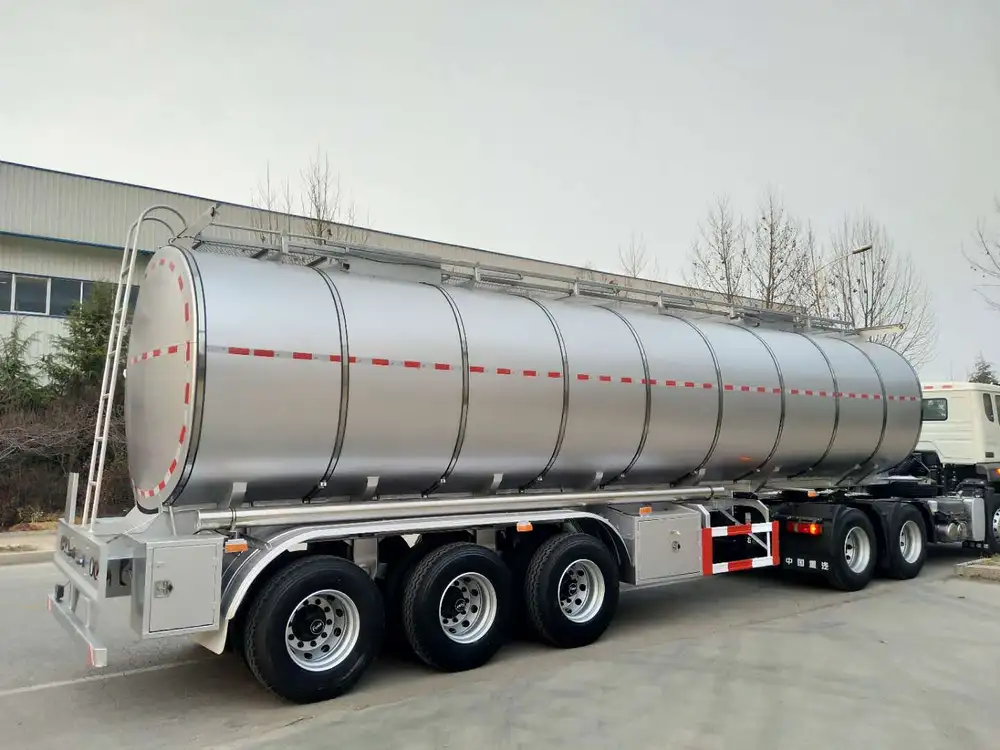
2. Angle Your Straps Correctly
Position straps at a 45-degree angle to the load and trailer, creating a secure tension that resists both vertical and horizontal forces.
3. Double Up for Extra Security
For especially heavy or valuable loads, use two straps or chains to provide additional holding power.
4. Avoid Sharp Corners
Protect your tie-downs from sharp edges by using padding or corner protectors to prevent wear and damage.
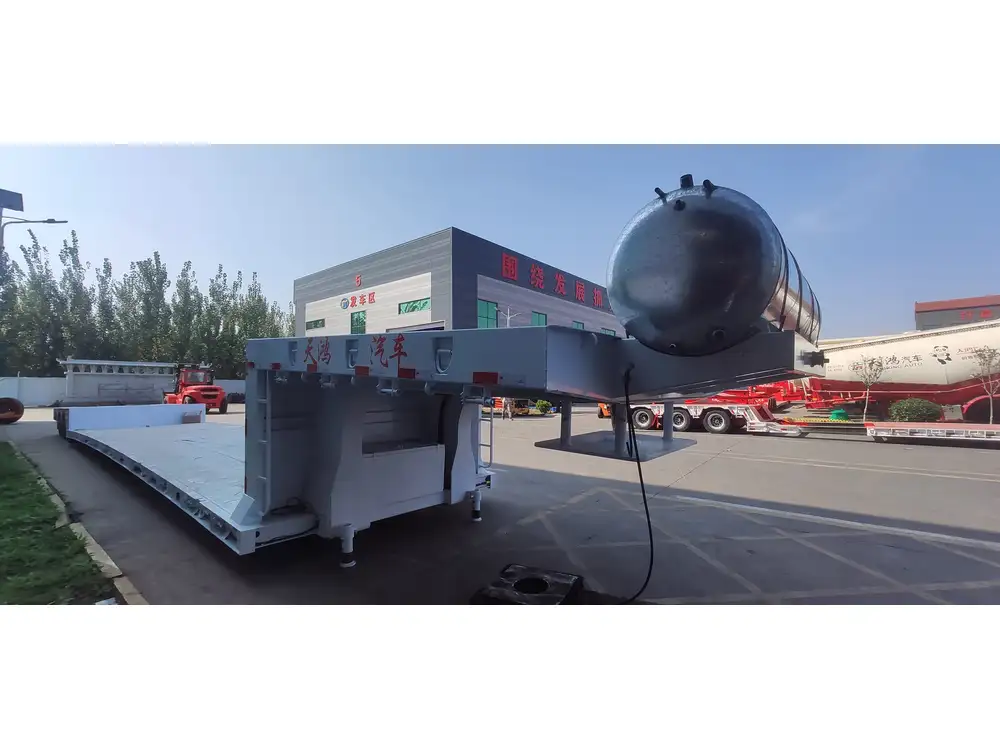
5. Label Your Load
Clearly mark your cargo with identifiers and weight limits to facilitate proper loading and securing procedures.
Leveraging CarMax Trailer’s Expertise for Superior Load Securing
With CarMax Trailer’s extensive experience in trailer manufacturing, we offer unparalleled solutions and support for all your load securing needs. Our commitment to innovation and quality ensures that your tie-down systems are reliable, efficient, and tailored to your specific requirements.
Customizable Solutions
We provide bespoke tie-down configurations to match the unique demands of various industries, from construction to logistics.
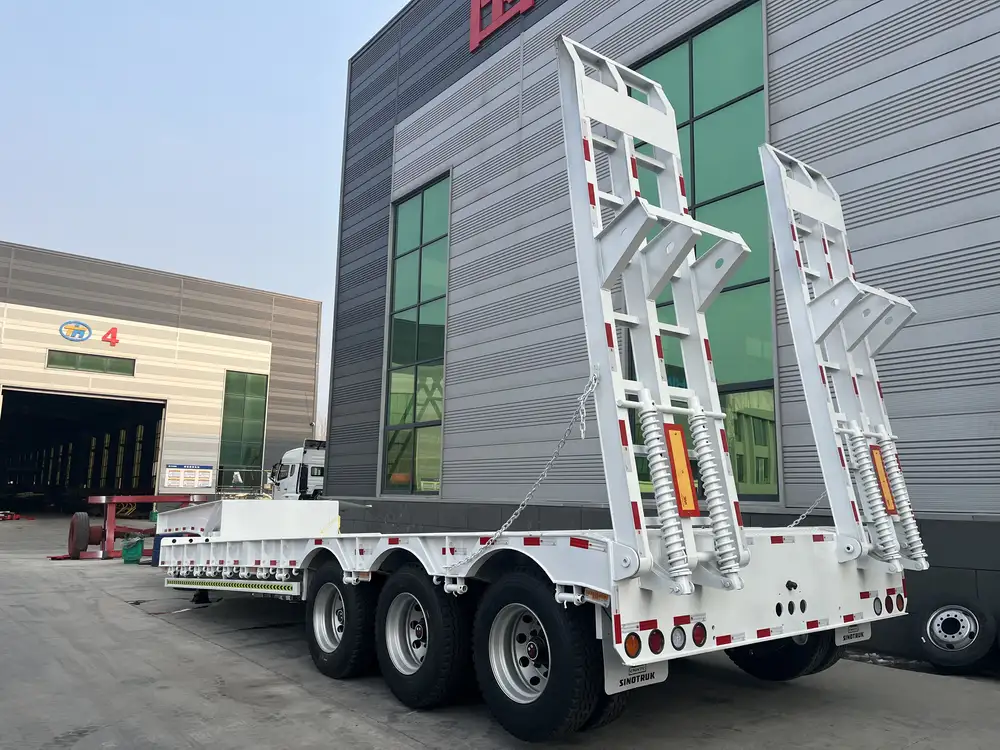
Comprehensive Support
Our team of experts is available to guide you through selecting and implementing the best tie-down systems for your operations.
Quality Assurance
CarMax Trailer’s products undergo rigorous testing to guarantee durability and performance, giving you peace of mind during transport.
Conclusion
Properly tying down a trailer is a critical aspect of safe and efficient transportation. By understanding the essential components, following systematic tie-down procedures, selecting the right equipment, and adhering to best practices, you can ensure that your loads remain secure throughout their journey. CarMax Trailer is dedicated to providing top-tier solutions and expert guidance to help you master the art of trailer tie-downs, enhancing both safety and productivity in your transport operations.
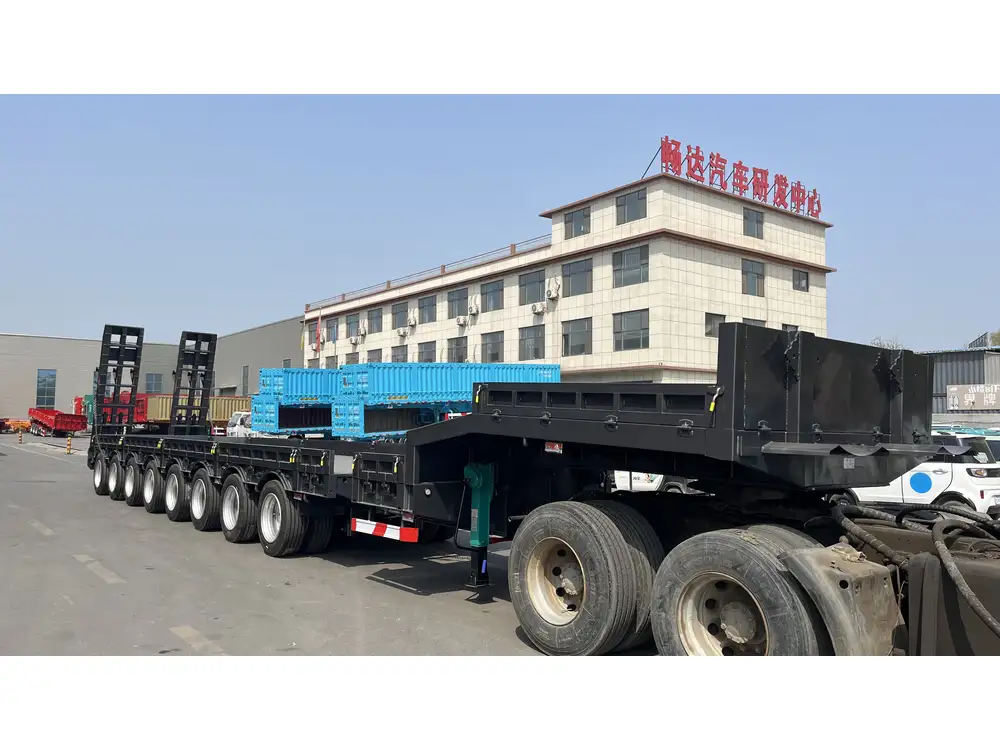
Frequently Asked Questions
1. What are the most important factors to consider when choosing tie-down straps?
When selecting tie-down straps, consider the load weight, type of cargo, environmental conditions, and the strap’s material and strength rating. Ensuring compatibility with your trailer’s anchor points and choosing the appropriate length are also crucial for effective securing.
2. How often should I inspect my tie-down equipment?
Regular inspections are essential for maintaining load security. It’s recommended to inspect tie-downs before each use, as well as periodically during transport, especially on long journeys or when carrying heavy loads.

3. Can I use bungee cords for securing heavy loads?
Bungee cords are best suited for lightweight or temporary securing. They lack the strength and tension capabilities required for heavy loads, making them unsuitable for transporting large or valuable cargo.
4. What should I do if my load shifts during transport?
If you notice a load shift, safely stop your vehicle and re-inspect all tie-downs. Tighten or adjust straps and chains as necessary, and redistribute the load to achieve better balance and stability before continuing your journey.
5. Are there specific regulations for tie-down practices?
Yes, various regulations govern load securement, including those set by the Federal Motor Carrier Safety Administration (FMCSA) and the Department of Transportation (DOT). These regulations specify requirements for tie-down strength, number of tie-downs based on load weight, and proper load distribution to ensure safe transportation.



